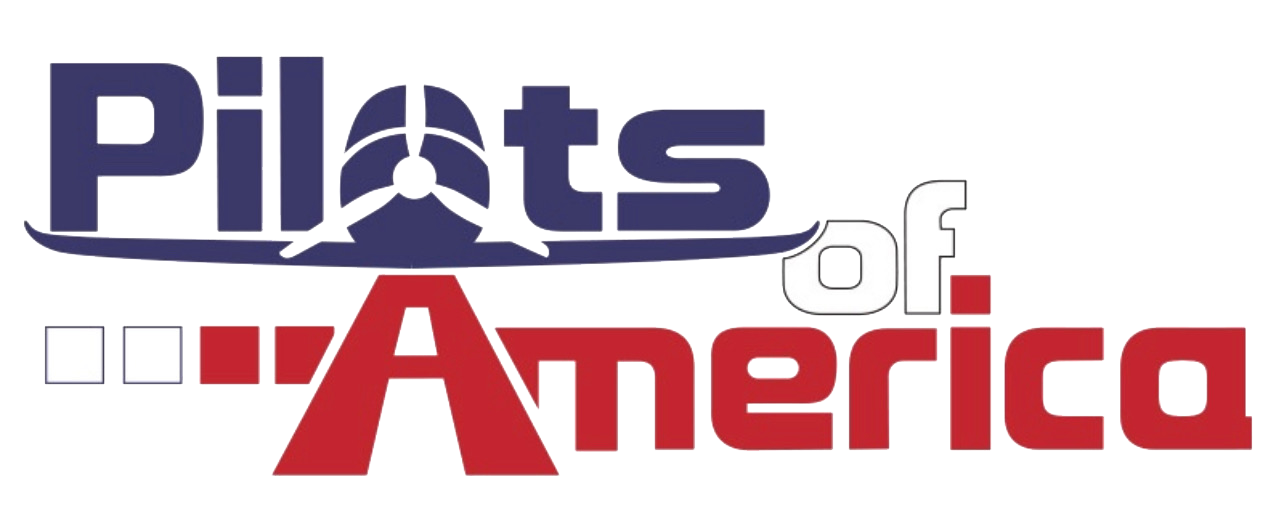TxJim
Pre-Flight
So reading this raises some questions on understanding the FARs.
https://www.aopa.org/news-and-media...lds-faa-order-in-warbird-flight-training-case
The court wrote, "We deny the petition because the aircraft is not certified for paid flight instruction and substantial evidence supports the order."
So if you read §91.319 for experimental aircraft, the wording to 91.315 is the same restriction.
Aircraft having experimental certificates: Operating limitations.
(a) No person may operate an aircraft that has an experimental certificate—
(1) For other than the purpose for which the certificate was issued; or
(2) Carrying persons or property for compensation or hire. <====
How does a PIC or operator show explicitly "the aircraft is certified for flight instruction"?
Is the FAA now making an implicit rule that an explicit statement of "certified for paid flight instruction" must be part of the airworthiness basis?
https://www.aopa.org/news-and-media...lds-faa-order-in-warbird-flight-training-case
The court wrote, "We deny the petition because the aircraft is not certified for paid flight instruction and substantial evidence supports the order."
So if you read §91.319 for experimental aircraft, the wording to 91.315 is the same restriction.
Aircraft having experimental certificates: Operating limitations.
(a) No person may operate an aircraft that has an experimental certificate—
(1) For other than the purpose for which the certificate was issued; or
(2) Carrying persons or property for compensation or hire. <====
How does a PIC or operator show explicitly "the aircraft is certified for flight instruction"?
Is the FAA now making an implicit rule that an explicit statement of "certified for paid flight instruction" must be part of the airworthiness basis?

